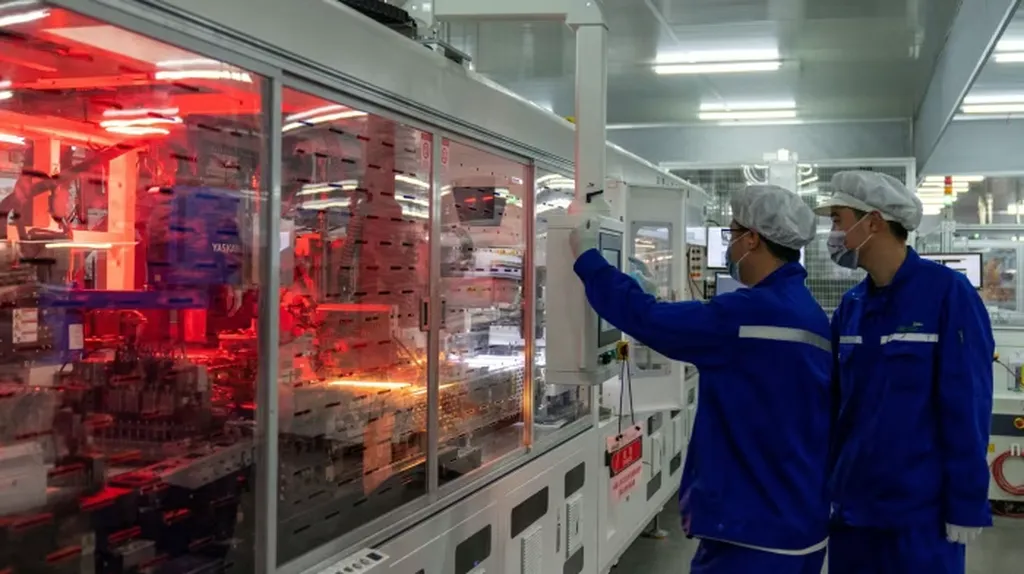In the heart of Nigeria’s bustling construction industry, a pressing question looms: why is the adoption of circular economy principles (CEPs) lagging behind, despite the sector’s significant waste generation and the known benefits of sustainable practices? Academic researcher Ayodeji Emmanuel Oke, in a study published in ‘Construction Economics and Building’ (translated as ‘Construction Economics and Building’), has shed light on this conundrum, offering insights that could reshape the industry’s approach to waste and sustainability.
Oke’s research, conducted among construction professionals in Lagos State, reveals a stark reality: while awareness of CEPs exists, it’s largely superficial. “Construction professionals have only a basic knowledge of CEPs and their importance in practice,” Oke notes, highlighting a critical knowledge gap. This lack of understanding is not merely an academic concern; it has tangible commercial implications, particularly for the energy sector, which is increasingly intertwined with construction projects.
The study, which employed quantitative methods and statistical analyses, found that while professionals are familiar with the application of CEPs, their understanding of the principles themselves is limited. This disconnect could be a significant barrier to the widespread adoption of sustainable waste disposal techniques, which could otherwise yield substantial cost savings and environmental benefits.
The findings underscore the need for targeted educational and training initiatives. As Oke points out, “The study’s findings highlight the knowledge gap and the need for targeted educational and training initiatives.” By bridging this gap, construction stakeholders, policymakers, and the government can make informed decisions that could drive the industry towards a more sustainable and circular future.
The implications of Oke’s research extend beyond Nigeria. As global construction industries grapple with the challenges of waste management and sustainability, the insights from this study could serve as a catalyst for change. The energy sector, in particular, stands to gain from a more circular construction industry. By reducing waste and improving resource efficiency, construction projects could lower their energy demands, leading to cost savings and a reduced carbon footprint.
Moreover, the study’s emphasis on the importance of awareness and education could inspire similar initiatives in other regions. As Oke’s work demonstrates, understanding the principles of the circular economy is the first step towards their practical application. By investing in education and training, the construction industry can pave the way for a more sustainable and resilient future.
In the words of Oke, “The study provides the basis for which construction stakeholders, policymakers, and the government can make informed decisions to improve the awareness and usage of CEPs in the construction industry.” This research is not just a call to action; it’s a roadmap for change, offering a clear path towards a more sustainable and circular construction industry.

